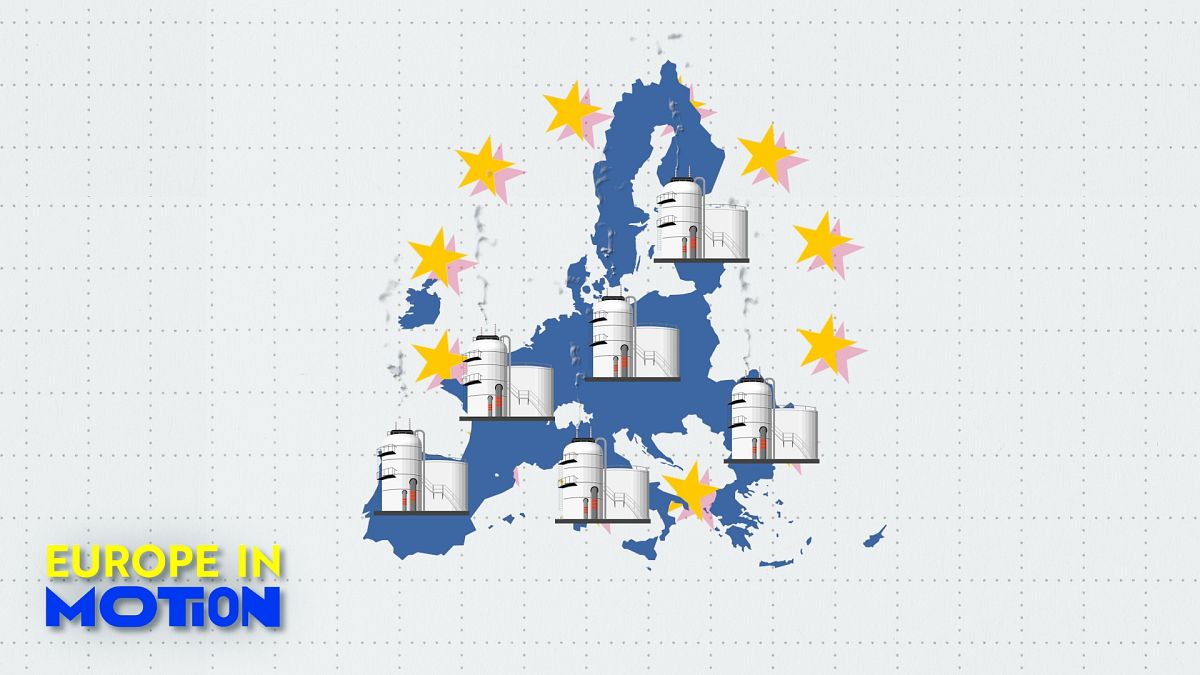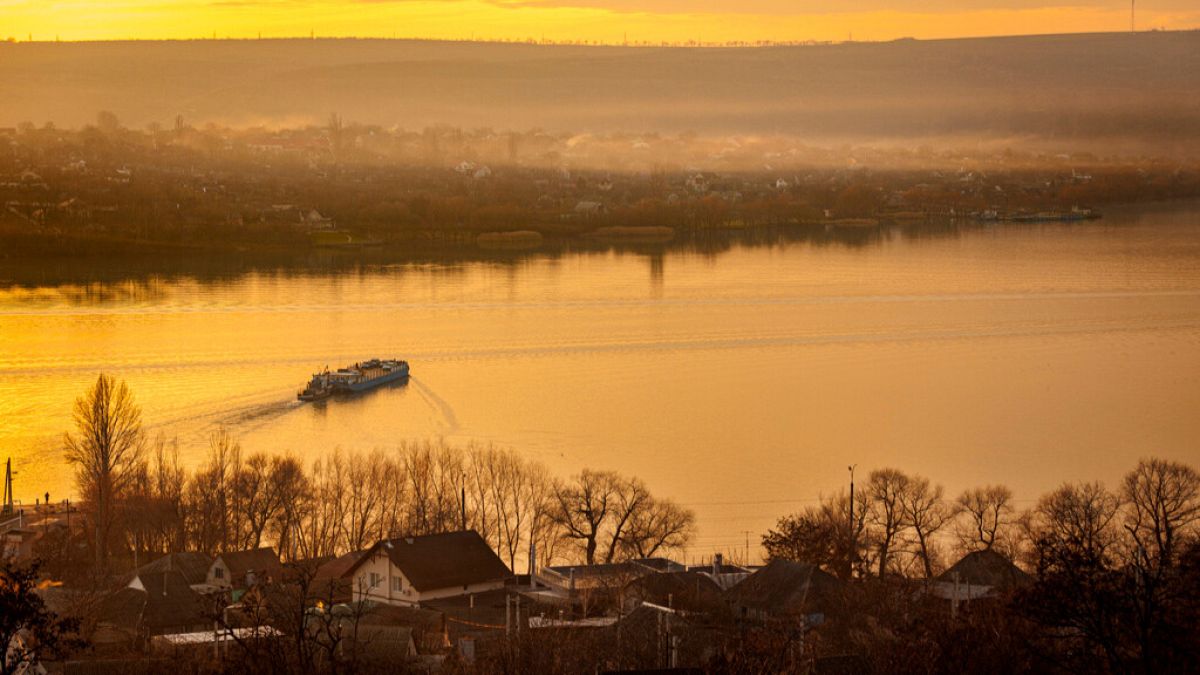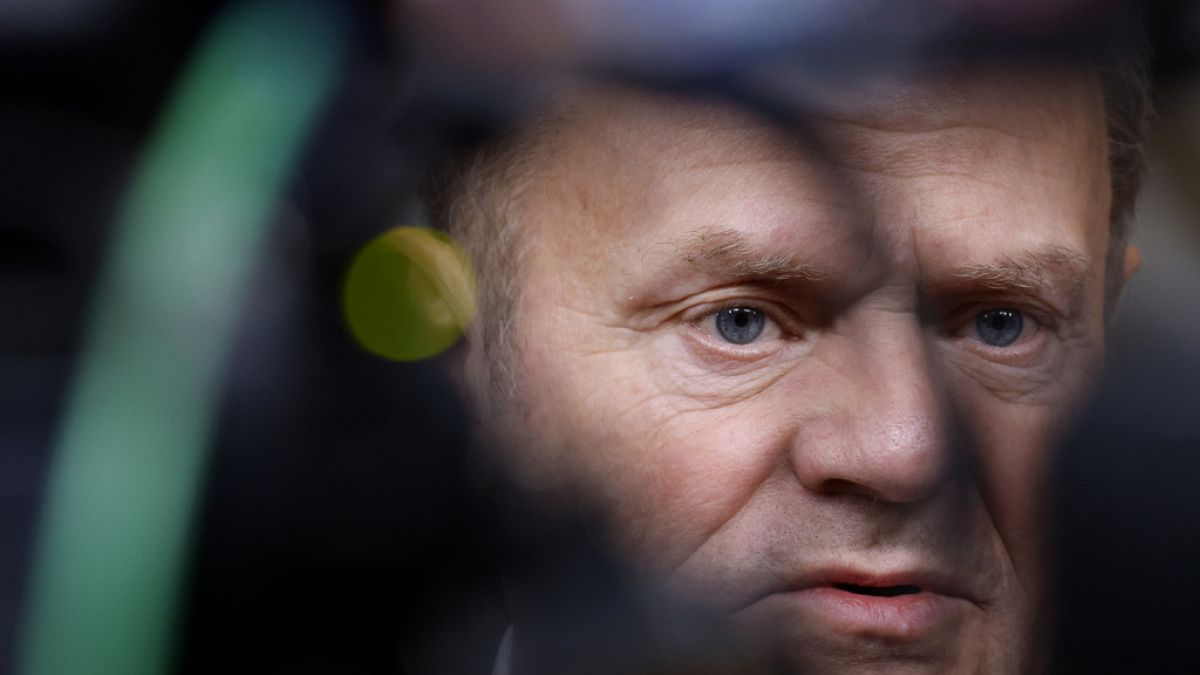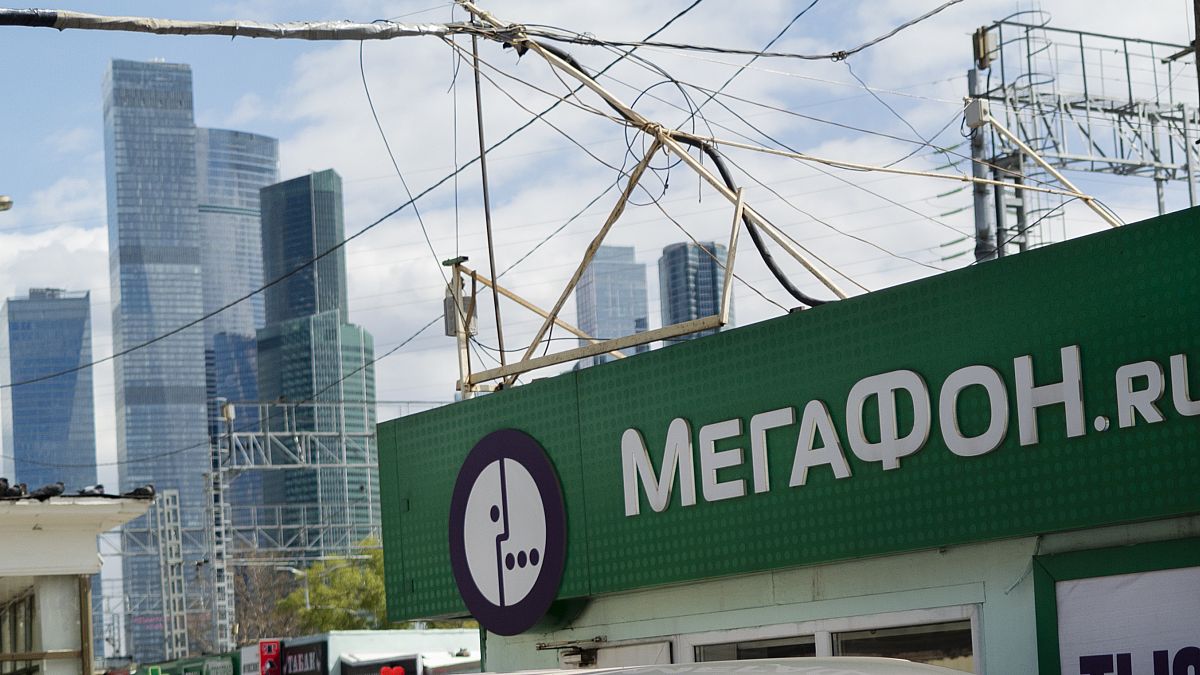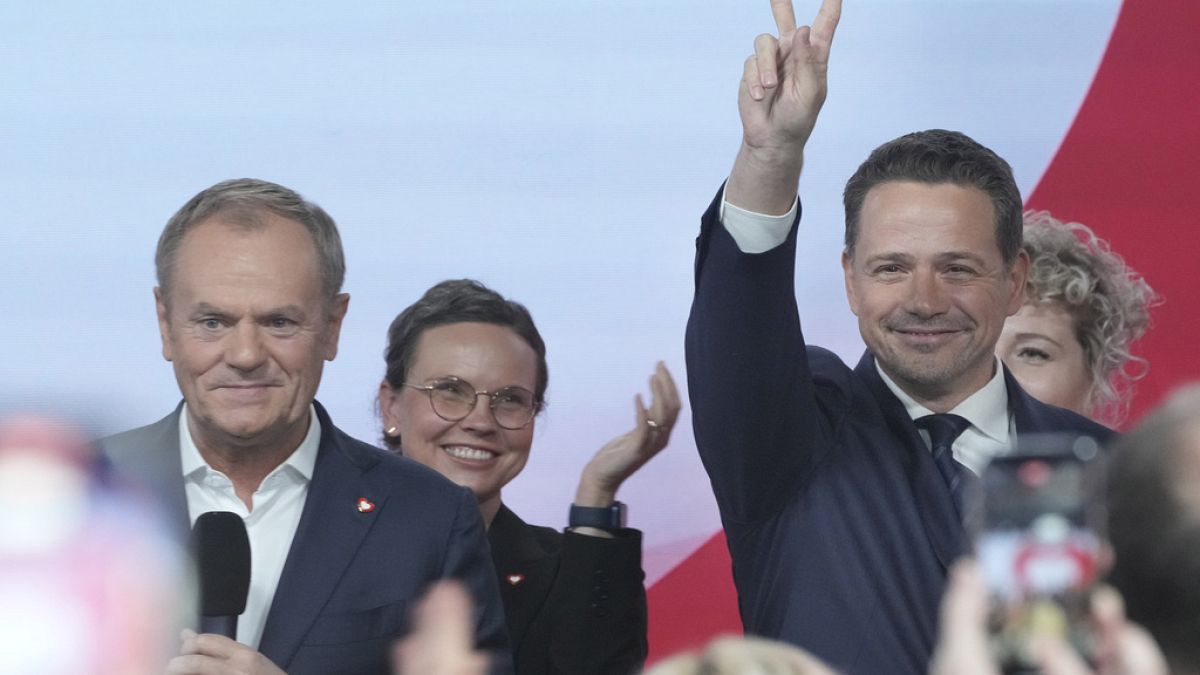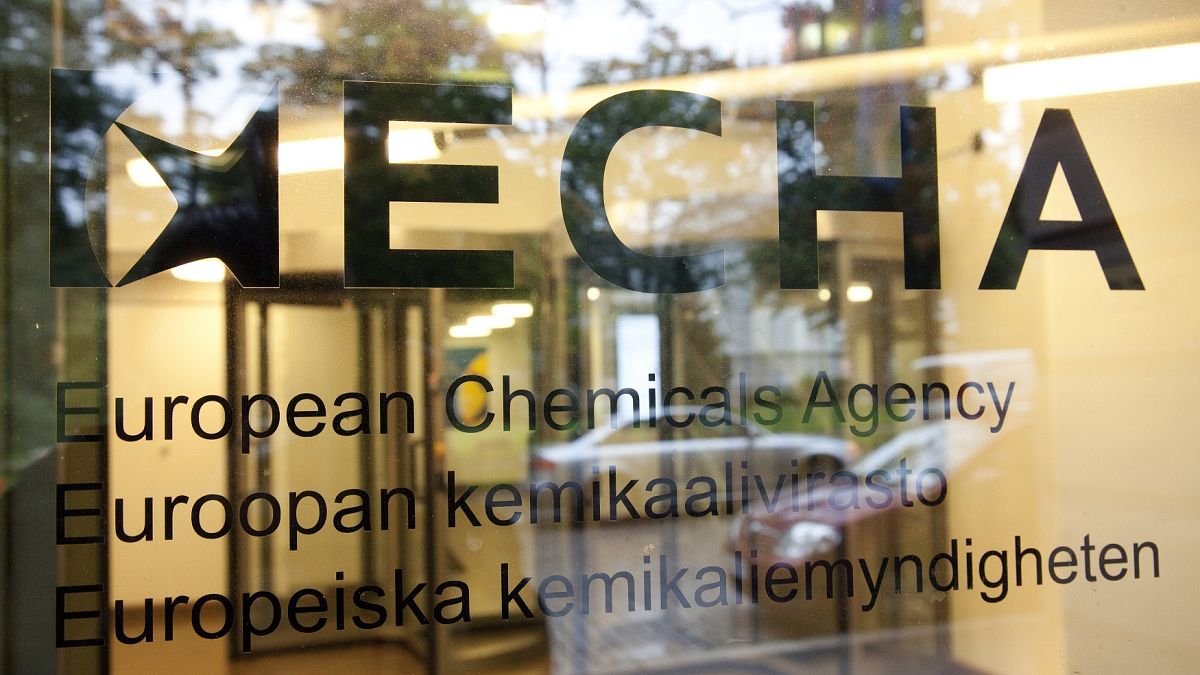Despite reassurance from the European Commission regarding gas supply security, EU stockpiles hold 16% of gas less as compared to the beginning of 2023. Only Portugal has a gas storage volume exceeding 100%.
The suspension of Russian gas flows through Ukraine has sparked concerns about the gas supply across the EU.
Moscow previously supplied nearly 40% of the EU’s natural gas through pipelines.
The latest figures show that Portugal has the highest working gas storage volume, exceeding 100%. Sweden follows at 88%, and Poland at nearly 79%.
By contrast, the Netherlands has the lowest working gas volume in storage at 48.96%, followed by Croatia at 49.71% and France at 51.42%.
Despite these storage percentages, Portugal has the third-smallest gas reserve in Europe, totalling 3.59 Terawatt-hours, while Germany holds the largest reserve at 178.28 Terawatt-hours.
As temperatures drop across much of the bloc, the European Commission asserted that the security of gas supply is not under threat.
“Gas supplies have been secured via alternative routes (Germany, Italy) and through withdrawals from storage,” the European Commission stated on 2 January. “Storage levels at 72% are slightly higher than the average (69%) for this time of the year.”
However, EU stockpiles were just over 70% full at the beginning of this year, compared with around 86% a year ago.
EU leaders’ reactions
Slovakia, Hungary, and Austria have continued to rely on Russian pipeline gas since the invasion.
According to the International Energy Agency, 65% of gas demand in 2023 in these three countries was done through the Ukrainian transit route.
Slovakia has been openly critical of Ukraine’s decision not to renew the transit contract.
Prime minister Robert Fico has repeated his claimsthat this decision would be more damaging to the EU than to the Kremlin.
Fico has also threatened to cut electricity flows to Ukraine and reduce aid for Ukrainian refugees.
Video editor • Mert Can Yilmaz






